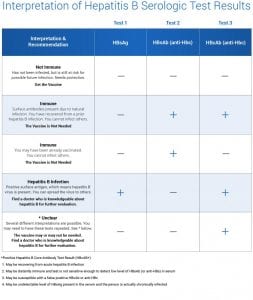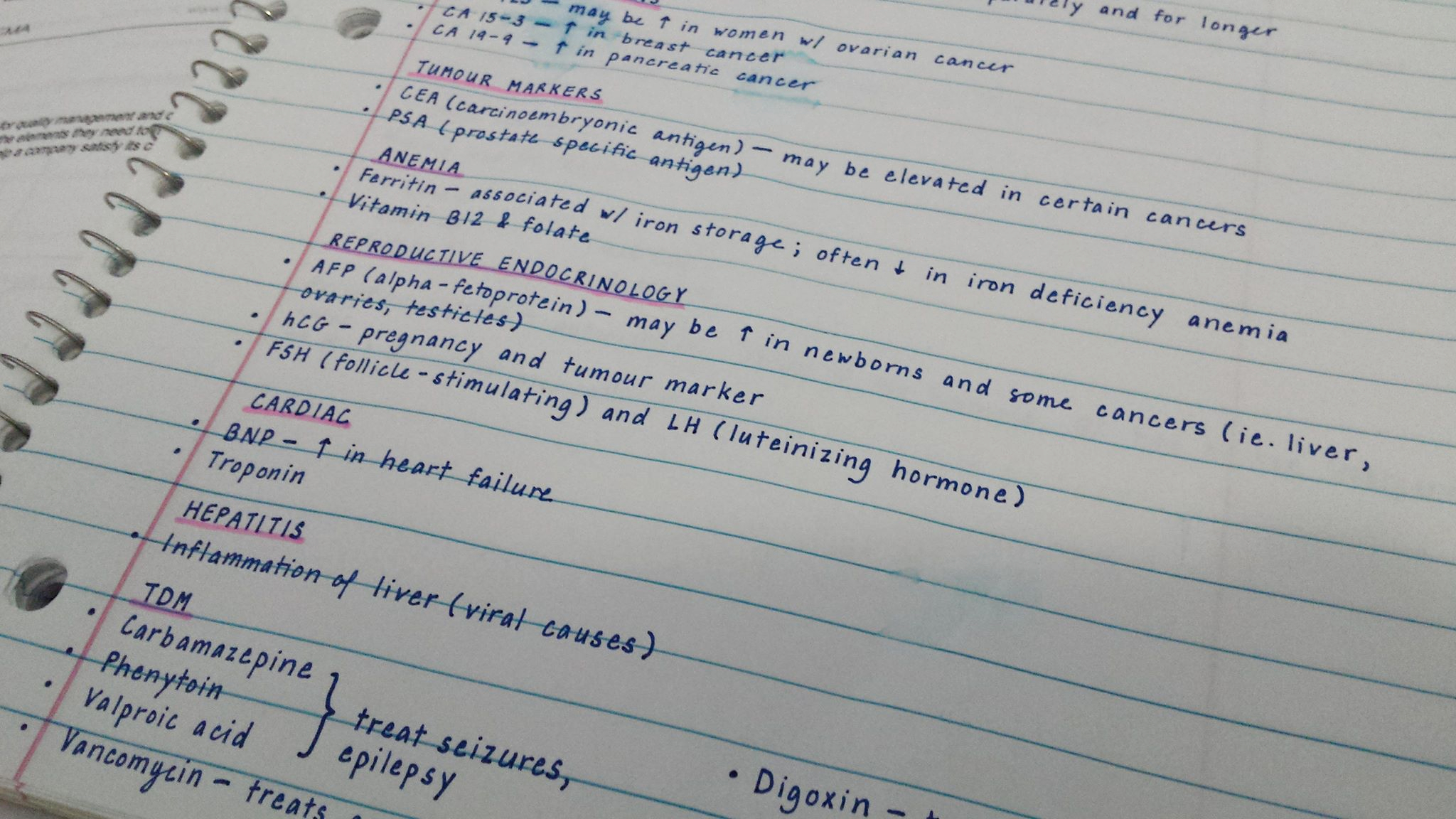It’s been a relatively quiet couple of weeks; I bid a fond farewell to Vitros 5.1 and am now training on an analyzer located directly across from it, the Centaur XPT.
Before I go any further, I want to clarify that Medical Laboratory Science is not, by any means, entirely automation. I’ve been referencing automation quite a bit because the first four weeks of my placement happen to be split between two Chemistry analyzers. After that, I’ll be off to Anatomical Pathology—the department concerned with preparing and examining tissue sections. I’m looking forward to some more hands-on work in embedding, cutting, and performing special stains.
Anyhow, back to Centaur! The analyzer uses immunoassay technology, followed by a chemiluminescent flash, to detect the presence of certain tumour markers and hormones, therapeutic drug levels, and more.
Are you a BCIT News insider? Sign-up to receive the latest news on BCIT.
While common tests like glucose and sodium take only a few minutes to be run on the Vitros analyzer, some complex Centaur assays take over an hour to generate results. One such example is viral hepatitis investigation (in case you need a refresher like I often do – hepatitis is an inflammation of the liver). A few of the associated tests:
Hepatitis B Surface Antigen (HBsAg) – the first serological marker to appear in acute Hep B virus, its presence indicates current infection. The protein is also used in the Hep B vaccine.
Hepatitis B Surface Antibody (HBsAb) – generally indicates recovery from the virus and subsequent immunity from re-infection. HBsAb is present in individuals who have received the Hep B vaccine.
Hepatitis B Core Antibody (HBcAb) – the hepatitis B core antigen does not circulate in the blood in significant quantities, hence its corresponding antibody is used as an indicator of previous or ongoing infection. IgM antibodies would be detected first, indicating recent (within the past 6-8 mos) infection with the Hep B virus. HBc IgG antibodies respond next and remain indefinitely.
The abbreviations can get a bit convoluted, but it makes sense that a positive antibody value is a good thing, and a positive antigen value is not. From there, presence of surface and/or core antibodies point to different sources of immunity.
Here is a chart for interpreting hepatitis B test results. As you can see, several tests go into obtaining a thorough diagnosis.

Everyone has their own system for remembering information. I, personally, need to take ample notes before anything is absorbed! I leave my notebook on a clean area of the bench and, when I have a spare moment, write down key points from running the analyzer to things that peaked my interest. That way, when I get home in the evening, I can dig through my BCIT notes (and sometimes the internet!) to complete my thoughts.
The header image is a sample of said notes, breaking down the assays run on Centaur. Can you see where I spilled water on it?
Interested in the Medical Laboratory Science full-time diploma program? Join the next online info session at BCIT.
